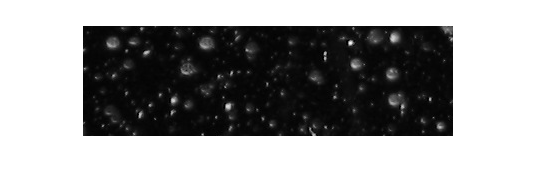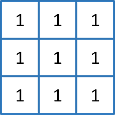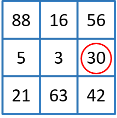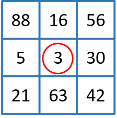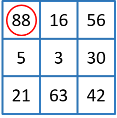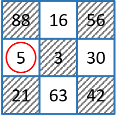ordfilt2
二维顺序统计量滤波
说明
示例
输入参数
输出参量
提示
当处理不包含任何零值元素的大型域矩阵时,如果
A采用整数数据格式(uint8、int8、uint16和int16),则ordfilt2可以获得更高的性能。uint8和int8的速度增益高于 16 位数据类型。对于 8 位数据格式,域矩阵必须包含 7 行或更多行。对于 16 位数据格式,域矩阵必须包含三行或更多行以及 520 个或更多元素。
参考
[1] Haralick, Robert M., and Linda G. Shapiro, Computer and Robot Vision, Volume I, Addison-Wesley, 1992.
[2] Huang, T. S., G. J. Yang, and G. Y. Tang. "A fast two-dimensional median filtering algorithm.", IEEE transactions on Acoustics, Speech and Signal Processing, Vol ASSP 27, No. 1, February 1979.
